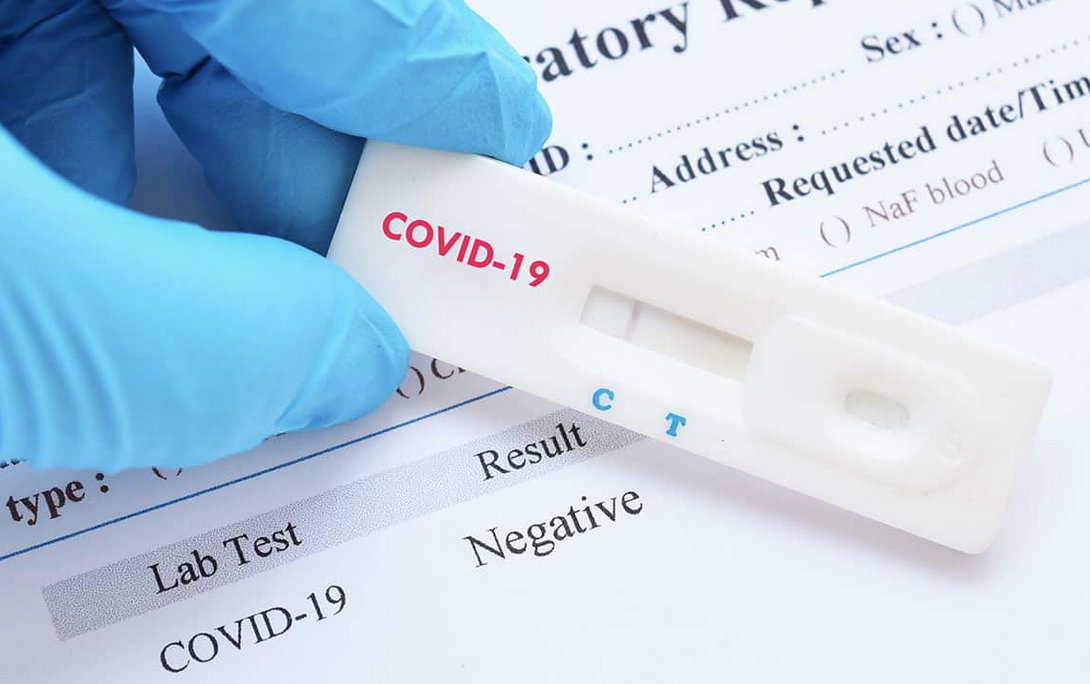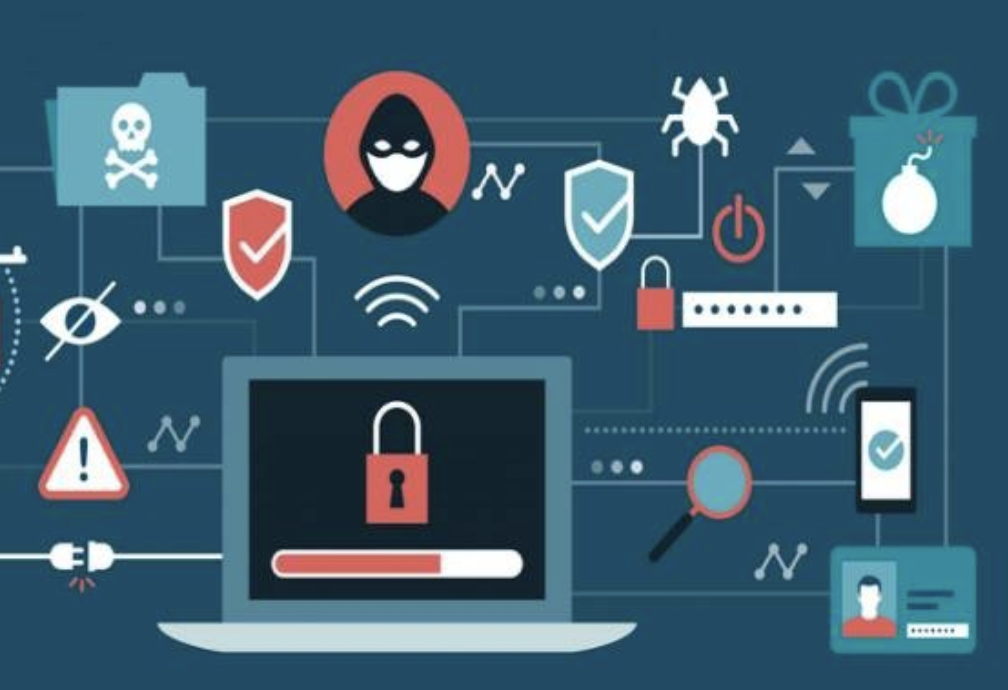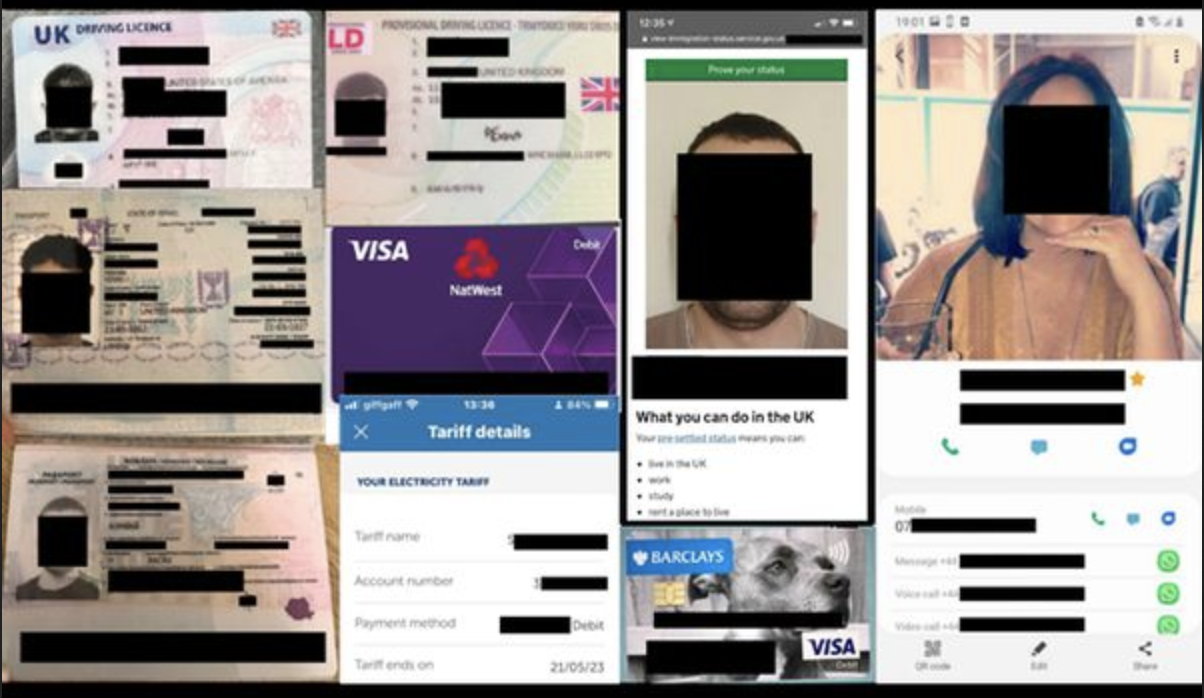
Student Tracking Software: Balancing Educational Benefits with Data Risks
Increased Reliance on Tracking Tools Raises Concerns Over Student Data Privacy
The proliferation of Student Tracking Software in educational institutions has undoubtedly revolutionized the way educators monitor and support student progress. However, as schools increasingly turn to these digital tools, concerns regarding the privacy and security of student data have come to the forefront.
Student Tracking Software, such as the widely used Otrack system in the UK, offers a range of functionalities designed to streamline administrative tasks and provide valuable insights into student performance. From tracking academic achievements to identifying areas for improvement, these tools offer educators invaluable data-driven insights.
However, alongside the benefits come inherent risks, particularly concerning the collection, storage, and use of sensitive student information. Recent incidents, including hypothetical breaches that exposed large volumes of student data, underscore the urgency of addressing these risks.
One of the primary concerns surrounding Student Tracking Software is the potential for unauthorized access to sensitive student data. With vast repositories of personal information, including academic records, attendance data, and even images, these systems present lucrative targets for malicious actors seeking to exploit vulnerabilities.
Moreover, the sheer volume of data collected by Student Tracking Software raises questions about the long-term storage and retention of such information. As databases accumulate records spanning multiple years, the risk of data breaches and unauthorized access only intensifies, posing significant risks to student privacy.
In addition to external threats, there are also concerns regarding the ethical use of student data within educational institutions. The extensive tracking capabilities of these systems raise questions about the potential for surveillance and the impact on student autonomy and trust.
Despite these challenges, experts emphasize that the benefits of Student Tracking Software can be maximized while mitigating associated risks. By implementing robust data protection measures and adhering to best practices, educational institutions can strike a balance between leveraging data insights and safeguarding student privacy.
Key recommendations for mitigating data risks associated with Student Tracking Software include:
- Data Minimization: Collect and retain only the minimum amount of data necessary to fulfill educational objectives, reducing the potential impact in the event of a breach.
- Encryption and Security Protocols: Implement strong encryption measures and robust security protocols to safeguard sensitive student data against unauthorized access.
- Transparency and Consent: Prioritize transparency and obtain explicit consent from students and parents regarding the collection and use of their data, fostering trust and accountability.
- Regular Audits and Assessments: Conduct routine audits and security assessments to identify and address vulnerabilities within the software system, ensuring continuous improvement in data protection measures.
- Educational Initiatives: Provide comprehensive training and resources to educators and staff on data privacy best practices, empowering them to responsibly handle student data.
As educational institutions navigate the complexities of Student Tracking Software, it is essential to prioritize the protection of student privacy and data security. By adopting proactive measures and fostering a culture of responsible data stewardship, schools can harness the potential of these tools while safeguarding the fundamental rights of their students.

Our team of writers, armed with a healthy dose of caffeine and an overflowing imagination covers wacky and weird news. From politics to pop culture, from bizarre headlines to analysis, we take a sideways glance at the world’s happenings, delivering news in a way that’s informative, entertaining, and occasionally eyebrow-raising.




